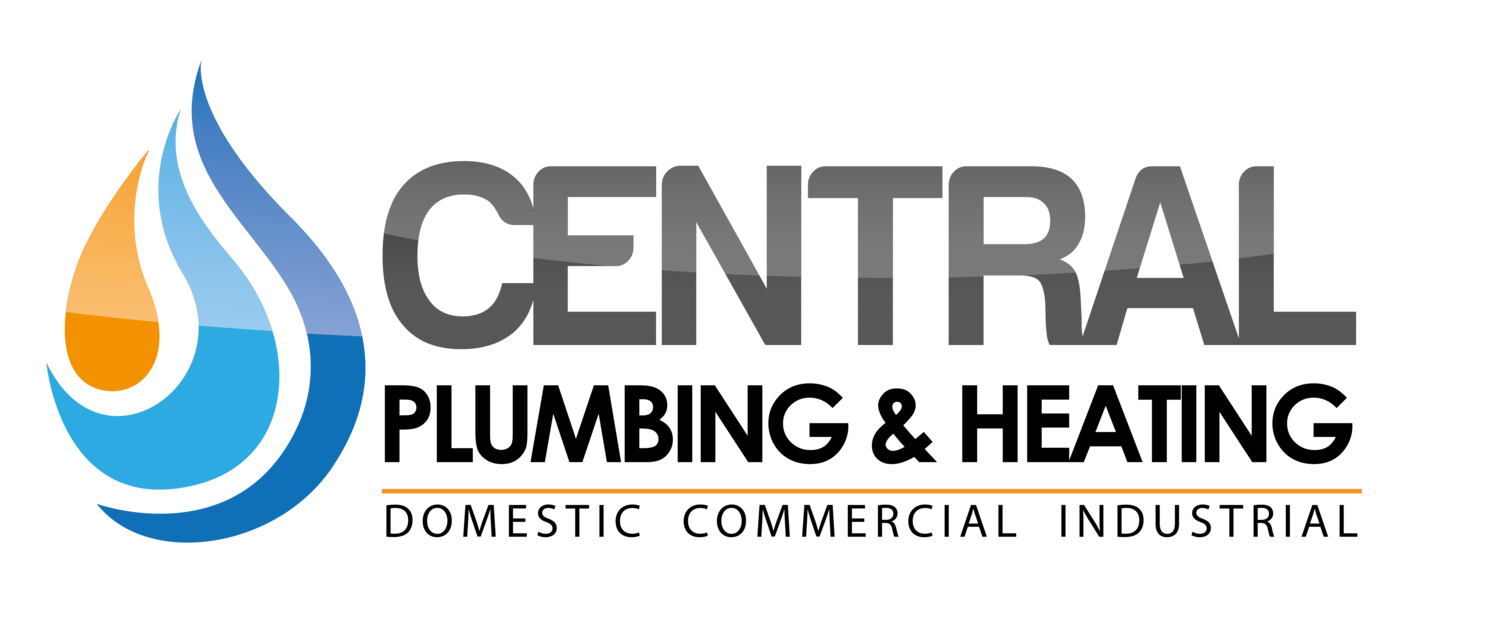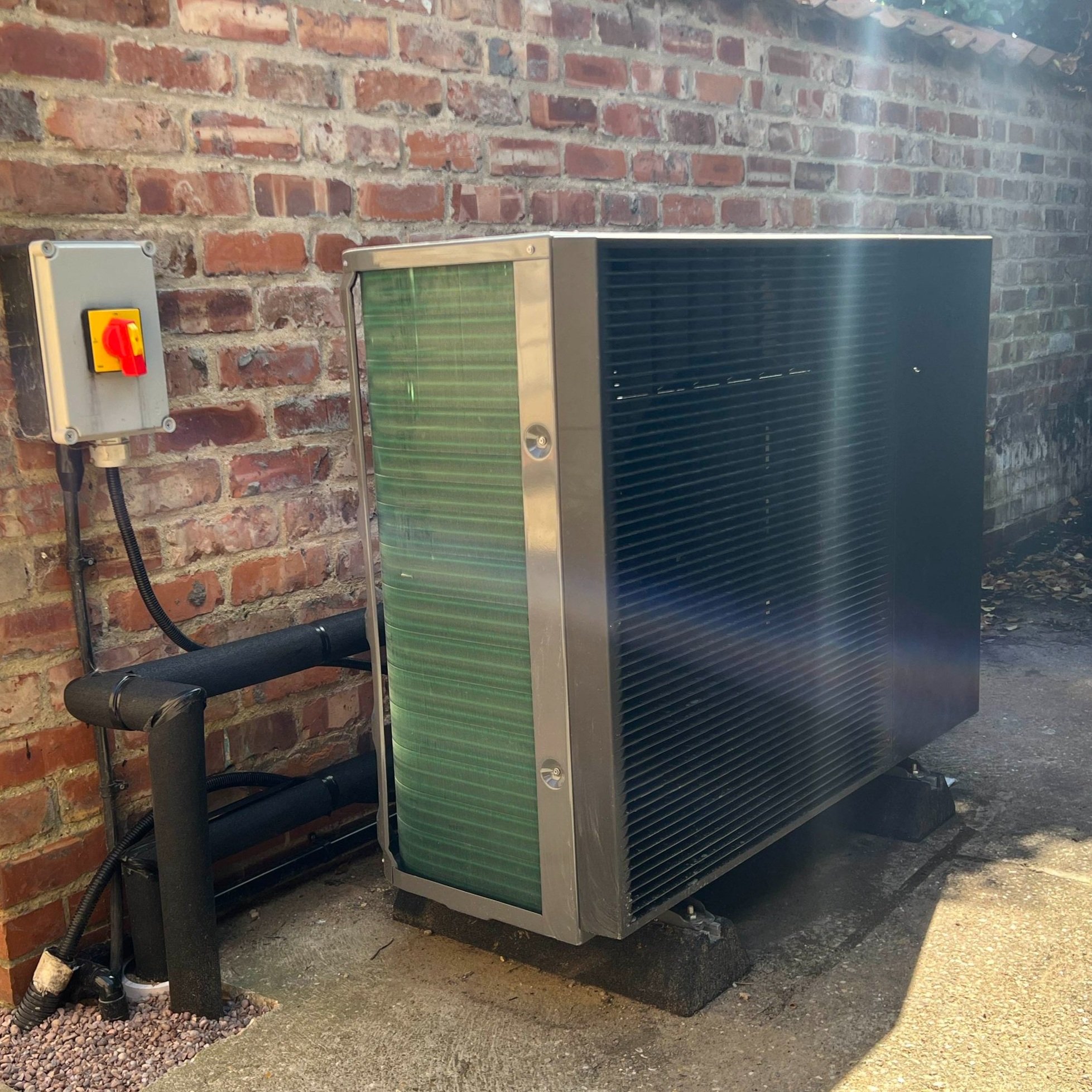What Makes Air Source Heat Pumps So Efficient?
Samsung High Temperature Air Source Heat Pump installed by our Heat Geek Verified, MCS Certified engineers here in Lincolnshire.
Understanding How They Work and How You Can Save £7,500 With the Boiler Upgrade Scheme
Switching from a traditional fossil fuel heating system to a low-carbon air source heat pump is one of the smartest moves you can make for your home or business. Not only can it drastically reduce your energy bills, but with the UK Government’s Boiler Upgrade Scheme (BUS), you also receive £7,500 towards the cost of installation and 0% VAT.
At Central Plumbing & Heating, we specialise in designing and installing bespoke, highly efficient heat pump systems, and we handle the grant application for you, making the process simple and stress-free.
But how do air source heat pumps (ASHPs) actually work? And why are they considered more efficient than most fossil fuel boilers? Let’s break it down.
How Does a Heat Pump Work?
A heat pump transfers heat from the outside air into your home using a process similar to your fridge, but in reverse. Even when the air outside is cold, there’s still heat energy present. The heat pump draws that air across an evaporator, and through a refrigerant cycle powered by electricity, it transfers heat into your radiators, underfloor heating, or hot water cylinder.
Modern heat pumps can extract heat from the air even when outside temperatures drop to -20°C, making them an efficient and reliable year-round heating solution.
Why Are Heat Pumps More Efficient?
Unlike traditional boilers that burn fuel to generate heat, heat pumps move heat using electricity. For every 1kW of electricity used, a heat pump can produce 3–4kW of heat, making it 300–400% efficient. This is known as the Coefficient of Performance (COP).
COP vs. SCOP:
COP measures how efficient the system is at a specific moment.
SCOP (Seasonal Coefficient of Performance) gives you the average efficiency over the year, taking into account seasonal temperature changes.
The higher the SCOP, the cheaper your heating bills. All systems installed by Central Plumbing & Heating are designed to greatly exceed a SCOP of 2.8 - the minimum required to qualify for the Boiler Upgrade Scheme.
The Importance of Heat Loss Calculations
We don’t do guesswork. Every heat pump installation begins with a room-by-room heat loss calculation to determine the exact amount of energy needed to heat your home.
We measure the thermal performance of every wall, window, ceiling, and floor in your property. This ensures that the system we install is tailored to your property’s specific needs - maximising performance while minimising costs.
Better insulation = lower heat loss = a smaller, more efficient system = lower running costs.
What is DOT – and Why Does It Matter?
When designing your heat pump system, one of the key factors we calculate is the Design Outdoor Temperature (DOT). This is the coldest outdoor temperature your system is expected to operate in, based on historical climate data for your location.
In Lincolnshire, for example, the DOT is typically around -3°C. Your system is designed to maintain your desired indoor temperature even when the weather hits this low point, ensuring comfort without relying on backup heat sources.
By planning around the DOT, we make sure your heat pump performs efficiently in the worst of winter - giving you consistent warmth, better energy performance, and lower bills all year round.
Weather Compensation = Smarter Heating
Modern heat pumps use weather compensation - a smart control system that adjusts the heating flow temperature based on the outdoor temperature.
In warmer weather, your system lowers the temperature it sends into your radiators or underfloor heating. This makes the system work less hard, reducing electricity use while still keeping your home comfortable.
The result? Lower energy bills and a longer-lasting system.
Why Bigger Radiators = Lower Bills
Because heat pumps work best at lower flow temperatures, they need larger surface areas to distribute the heat. This means we may install larger radiators or recommend underfloor heating.
It might seem counterintuitive, but bigger emitters allow your system to run at lower temperatures, which makes it more efficient. And with a lower flow temperature, your heat pump can maintain comfort while using far less electricity.
Will I Still Have Hot Water?
Yes! Your hot water cylinder will be heated to around 45–50°C, which is more than hot enough for showers and baths. For added safety, we also include a legionella purge cycle that boosts temperatures to 60°C periodically to meet hygiene standards.
Don’t Forget: You Could Save £7,500 with the Boiler Upgrade Scheme
If you’re replacing a fossil fuel heating system like a gas, oil, LPG, or storage heaters, you could be eligible for a £7,500 government grant through the Boiler Upgrade Scheme (BUS).
We handle the application for you
No need for loft or cavity wall insulation
Paid directly to us after installation
0% VAT on domestic heat pump installs
You’ll simply be asked by OFGEM to approve the application, and we take care of the rest.
Ready to Make the Switch?
With energy bills still high and sustainability more important than ever, now is the perfect time to consider upgrading to a high-efficiency air source heat pump.
At Central Plumbing & Heating, we’re not just accredited and experienced, we’re also local. We support every customer long after installation with servicing, cover plans, and ongoing advice.
Get in touch today to find out if you qualify for the £7,500 Boiler Upgrade Scheme and take the first step towards a more efficient, future-proof home.
Learn more about our accreditations: MCS Certified Installers, Heat Geek Verified Installers

